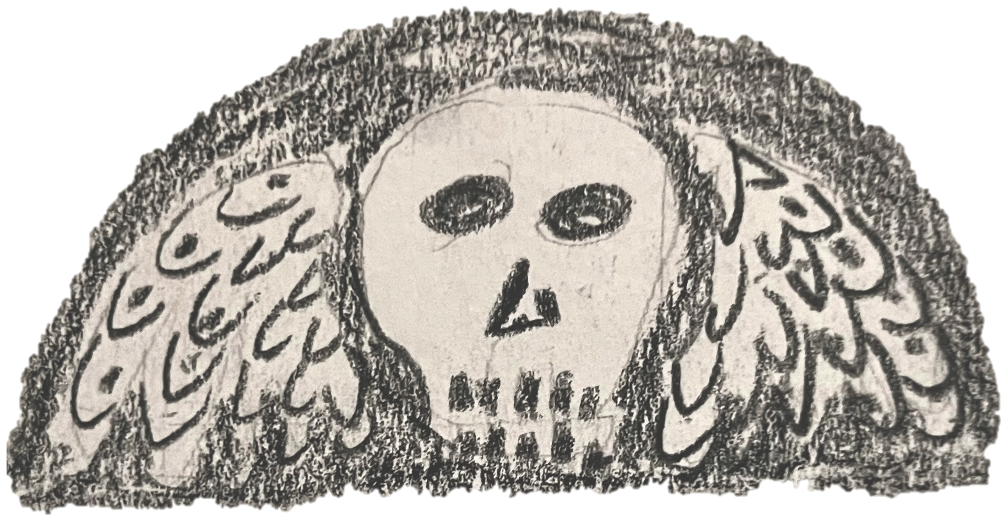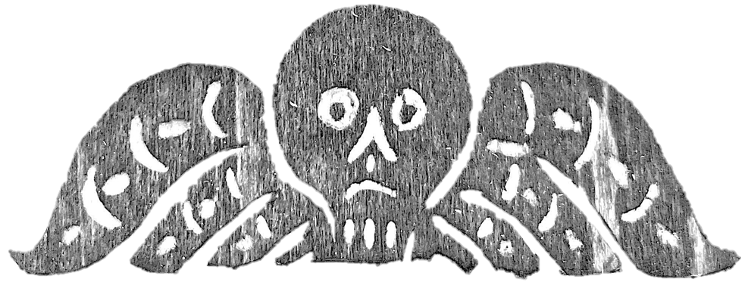when my friend got hit by a car, she couldn’t play on the carpet with us
2023 - 2024
cotton rag pulp made from old jeans and bedsheets,
coloured with earth pigments

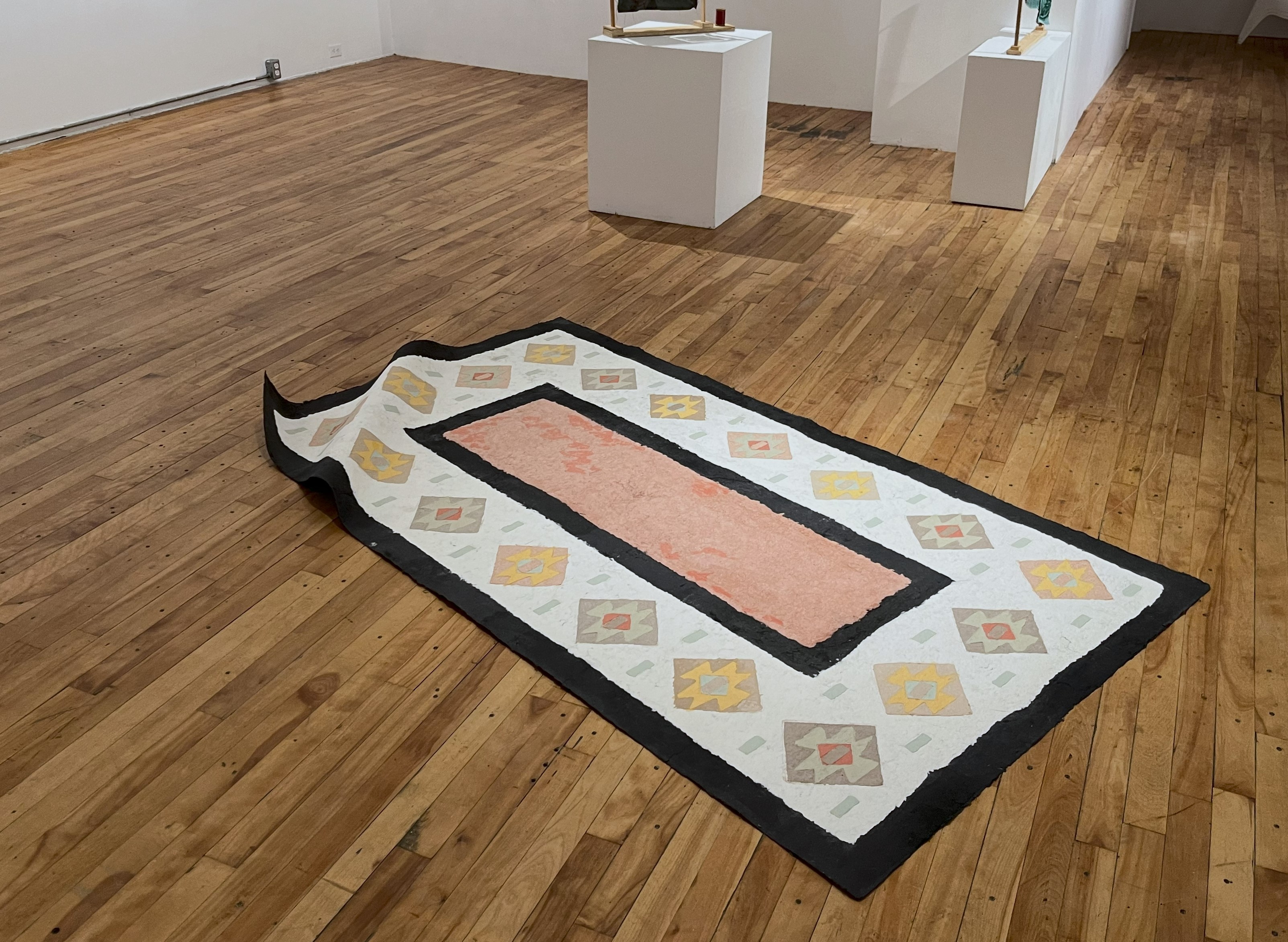


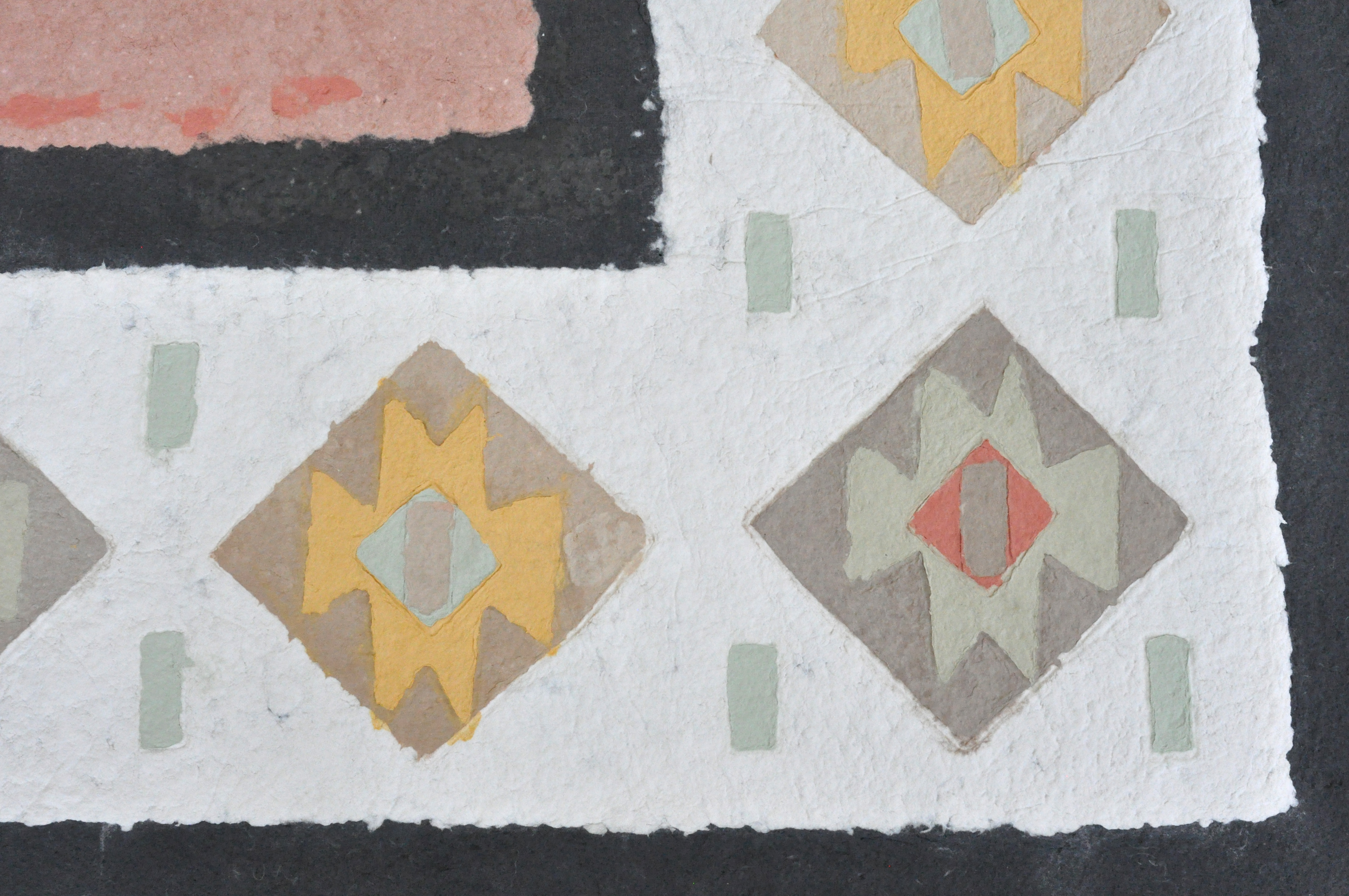


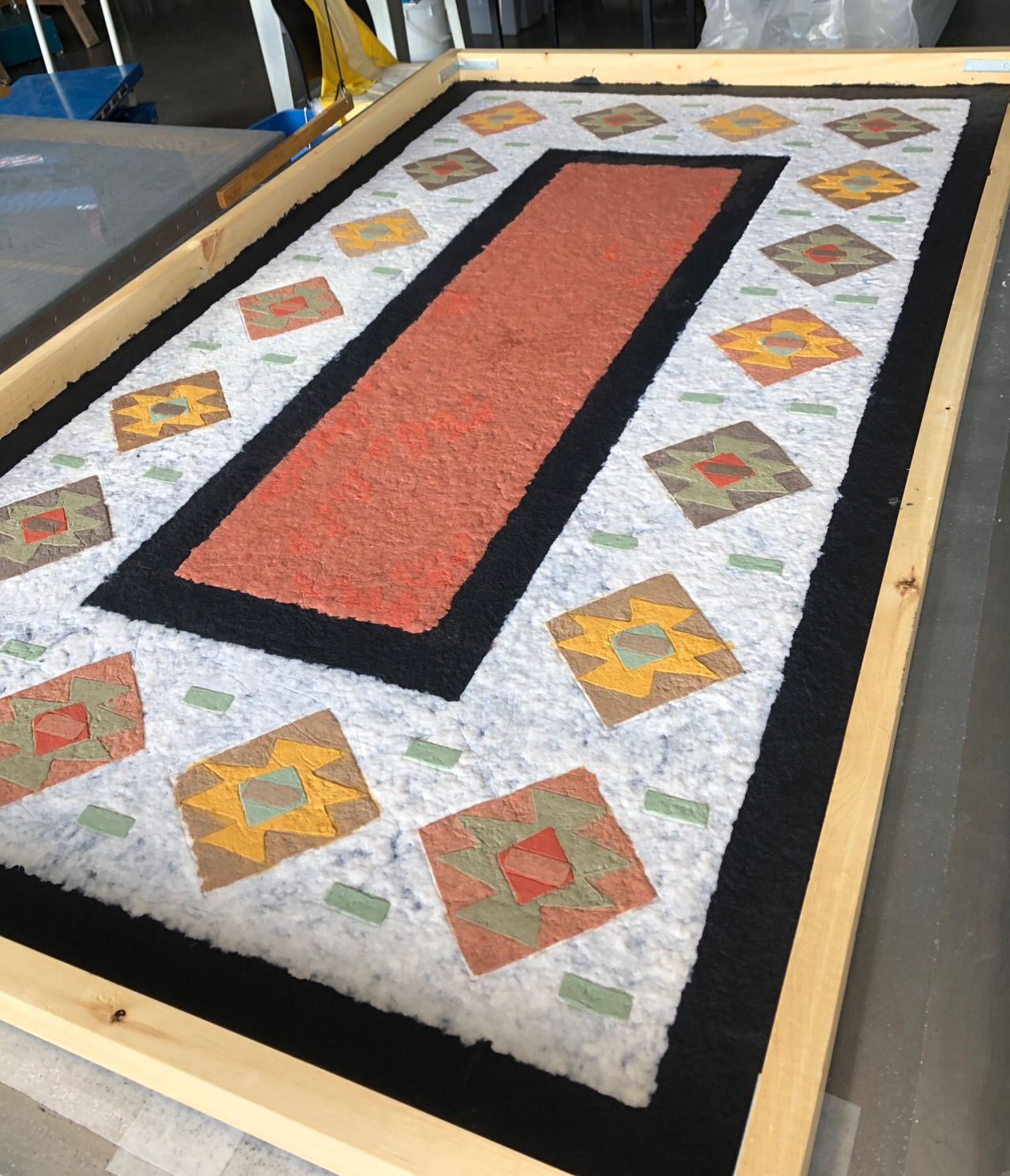
photo credit (1 & 7): Sarah Bertrand-Hamel
all other photos by Eli Bjedov-Stanković
all other photos by Eli Bjedov-Stanković
